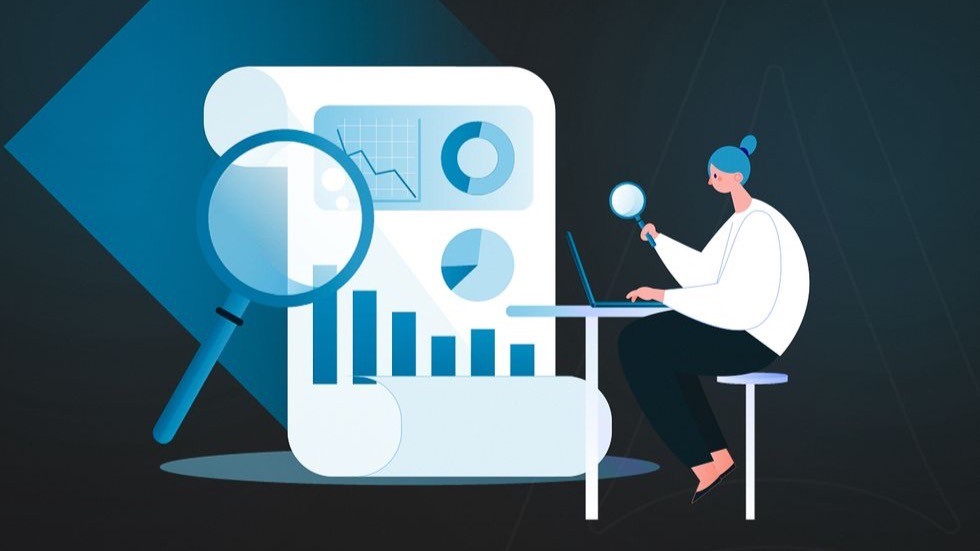In today’s hyper-connected digital landscape, data has become the new currency. Every click, swipe, purchase, and interaction generates valuable data that, when harnessed correctly, can transform businesses. At the heart of this transformation lies Big Data Analytics, especially when integrated into custom software solutions. It empowers organizations to make smarter decisions, enhance customer experiences, optimize operations, and gain a competitive edge.
What is Big Data Analytics?
Big Data Analytics involves the examination of vast and complex data sets — often structured, semi-structured, or unstructured — to uncover hidden patterns, correlations, market trends, and customer preferences. It goes beyond traditional data processing methods, using advanced technologies like machine learning, artificial intelligence (AI), and real-time analytics.
Why Integrate Big Data with Custom Software Solutions?
While off-the-shelf software provides a one-size-fits-all approach, custom software is tailored to fit an organization’s unique needs. Embedding Big Data Analytics into custom software maximizes the value of data by making it actionable, insightful, and aligned with specific business goals.
Here’s how Big Data adds value to custom-built applications:
1. Personalized User Experiences
Big Data allows software to adapt in real-time based on user behavior, preferences, and historical data. For instance, e-commerce platforms can recommend products tailored to individual users, increasing conversion rates and customer satisfaction.
2. Predictive Analytics for Strategic Decisions
By analyzing historical data and trends, businesses can forecast future outcomes. This is crucial for inventory management, demand planning, and risk assessment. Custom software with predictive analytics can automate these insights for faster, data-driven decisions.
3. Operational Efficiency
Big Data Analytics helps identify bottlenecks, inefficiencies, and redundancies in business processes. Integrated custom tools can track key performance indicators (KPIs) in real time, offering insights that lead to streamlined operations and cost savings.
4. Enhanced Security and Fraud Detection
Big Data enables anomaly detection by analyzing behavior patterns and recognizing suspicious activities. Custom software equipped with advanced analytics can flag threats and prevent potential breaches or fraud in real time.
5. Scalable Architecture
As businesses grow, so does their data. Custom software built with scalable Big Data infrastructure ensures that systems remain efficient and responsive, no matter the volume or velocity of data.
Real-World Applications
- Healthcare: Predict patient outcomes, optimize hospital operations, and personalize treatments using EMR-integrated analytics tools.
- Finance: Identify fraudulent transactions and personalize financial products through advanced data models.
- Retail: Track customer behavior in real-time to optimize pricing, inventory, and marketing campaigns.
- Manufacturing: Use sensor data and machine logs to predict equipment failures and optimize production lines.
Key Technologies Powering Big Data in Custom Solutions
- Hadoop & Spark: For distributed storage and real-time processing of massive datasets.
- NoSQL Databases (e.g., MongoDB, Cassandra): For managing unstructured data.
- Machine Learning Libraries: Like TensorFlow or Scikit-learn for predictive modeling.
- Cloud Platforms: AWS, Azure, and Google Cloud for scalable infrastructure.
Challenges and Considerations
While Big Data offers immense potential, integrating it into custom software comes with challenges:
- Data Privacy and Compliance: Ensuring GDPR, HIPAA, or other regulatory compliance.
- Integration Complexity: Merging various data sources and legacy systems.
- Skilled Talent: Requires data scientists, engineers, and architects.
- Cost: Investment in infrastructure and development can be high initially.
The Future is Data-Driven
As AI and IoT continue to evolve, the synergy between Big Data and custom software will only grow stronger. Organizations that invest in this combination will be better equipped to innovate, compete, and thrive in the digital economy.
Conclusion
Unlocking the power of data through Big Data Analytics in custom software is no longer optional — it’s essential. Whether you’re a startup aiming for rapid growth or an enterprise looking to optimize performance, integrating analytics into your software solutions can be a game-changer. The key is to align your data strategy with your business goals, ensuring that your software becomes a dynamic, intelligent tool rather than just a static platform.
Looking to integrate Big Data into your custom software?
At Winklix, we specialize in building intelligent, scalable, and data-driven custom software solutions tailored to your business needs. Let’s turn your data into a competitive advantage.




